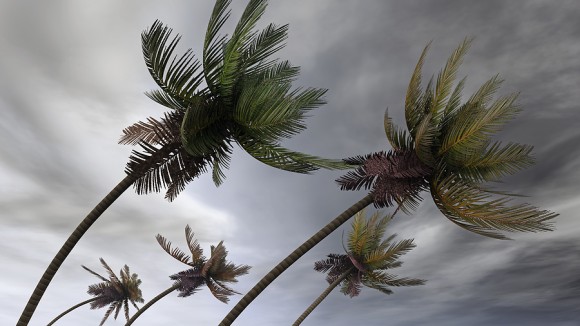Hurricane Andrew struck Florida on August 24, 1992, and the tumult it created for the property insurance market in the state has not ceased in the 20 years since, according to the insurance industry.
An Insurance Information Institute white paper, Hurricane Andrew and Insurance: The Enduring Impact of an Historic Storm, outlines six key insurance market changes attributed to the costliest disaster in Florida history.
Insurance claims payouts for Andrew totaled $15.5 billion at the time ($25 billion in 2011 dollars), and it remains the second costliest U.S. natural disaster, after Hurricane Katrina, which hit in 2005.
“The cost of Hurricane Andrew is only part of its legacy,” said Lynne McChristian, Florida representative for the I.I.I. and the author of the paper. “The storm revealed that Florida’s vulnerability to hurricanes had been seriously underestimated, and that wakeup call was responsible for many of the insurance market changes that have occurred in coastal states over the last two decades.”
Hurricane Andrew forced individuals, insurers, legislators, insurance regulators and state governments to come to grips with the necessity of preparing both financially and physically for unprecedented natural disaster, the I.I.I. said. The most significant insurance market changes attributed to Andrew’s legacy include:
- More carefully managed coastal exposure.
- Larger role of government in insuring coastal risks.
- Introduction of hurricane deductibles.
- Greater use of reinsurance capital from around the world.
- The birth and rapid evolution of sophisticated catastrophe modeling.
- Strong support for strengthened building codes and the importance of enforcement of these codes, as well as enhanced understanding of the necessity of mitigation.
While the composition of the property insurance market has changed after Hurricane Andrew, many are under the mistaken impression that Florida consumers have little choice in insurance carriers. The white paper includes a chart showing that private insurance companies write at least 77 percent of all residential insurance policies in Florida. In fact, in 53 of the state’s 67 counties, private insurers have greater than 80 percent of the residential policies written. In 33 of those counties, private insurers write at least 90 percent of the homeowners insurance coverage.
However, the fundamental challenge of Florida’s vulnerability to catastrophic damage remains. In fact, the exposure to damage has increased over the course of two decades with continued construction in coastal areas and an influx of new residents according to III. A repeat of Hurricane Andrew on its 20-year anniversary would produce more than twice the losses of the 1992 storm, as much as $57 billion in insured losses, according to estimates by AIR Worldwide Corp.
Editor’s Note: Listen to Claims Journal podcast with Gary Kerney, assistant vice president of Verisk’s Property Claim Services, who discusses Hurricane Andrew 20 years later and how adjuster practices, catastrophe modeling and building codes all changed after the storm.
Topics Florida Catastrophe Natural Disasters Hurricane Market
Was this article valuable?
Here are more articles you may enjoy.



 North Carolina Adjuster and Son Charged With Embezzlement in Roof Jobs
North Carolina Adjuster and Son Charged With Embezzlement in Roof Jobs  Former Congressman Charged After Collision with State Trooper in Florida
Former Congressman Charged After Collision with State Trooper in Florida  Why New York’s Attorney General Objects to Trump’s Bond Insurer
Why New York’s Attorney General Objects to Trump’s Bond Insurer  South Carolina Ringleader Sentenced to 8 Years for Staged Accidents
South Carolina Ringleader Sentenced to 8 Years for Staged Accidents 

